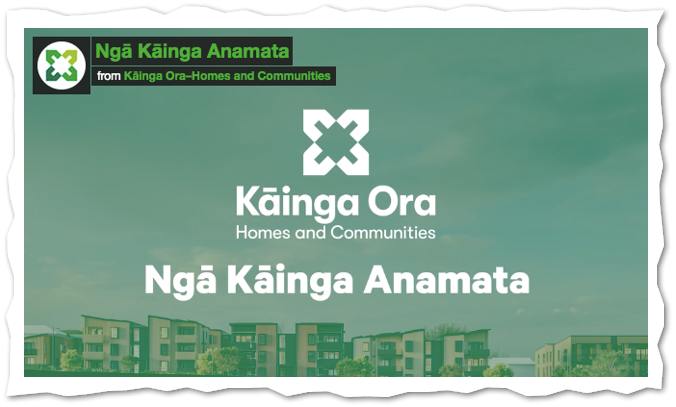Update 16May2024
We want folks to know that Kainga Ora has regretfully informed us that they are now in the process of officially closing the R&D component of the project as the investment is no longer commercially viable. They are removing their pages from their website and links to this will no longer work.

Kāinga Ora’s ambitious research project, Ngā Kāinga Anamata, has cleared its first certification checkpoint: it has passed its pre-construction review. This is an extremely important milestone as it warrants that if built as designed, the project will meet the standard for certification.
Notably, Kāinga Ora’s specifications for on-site energy generation mean the buildings qualify for Passive House Plus certification. There is interesting discussion currently underway about how Kāinga Ora can share the benefits of that energy generation with tenants.
Ngā Kāinga Anamata will not be Kāinga Ora’s first Passive House certified social housing—that honour goes to Bader Ventura—but it is notably its first project that was designed from the outset to reach the certification standard. As any Passive House designer with experience knows, it is far more efficient and affordable to design the performance in from the very beginning, rather than try to bolt it on to a finished design. This is how we make Passive House performance more affordable, streamline the entire design-and-build process and reduce risk during the construction phase.
Kāinga Ora is building 10% of all new homes in New Zealand this year. Unlike private developers, its building programme will continue regardless of what happens to the market. With this project, we are seeing government do its job in leading the market toward better outcomes. The MBIE Building for Climate Change targets are coming down the pipeline for Kāinga Ora and all other builders, whether it is public or private. It is great to see committed and capable people within Kāinga Ora doing the work now to understand how to best meet those targets.
Ngā Kāinga Anamata won’t just be a great place for its residents to live: healthy, warm, dry, quiet and comfortable. Its value also lies in the meticulous and wide-ranging research that is happening. This post describes the five different construction systems that are being used. For each system, all the businesses and professionals have been put on notice: show us what you can do to reduce and justify the carbon embodied in your materials and the construction method.
I have high expectations about this research project’s aims and how its results will influence the development of housing and other buildings in New Zealand. It will produce hard data, tuned to New Zealand’s circumstances, at a time when it is urgently needed. We have little time to meet greenhouse gas emissions targets if we are to avoid uncontrolled climate change. We need better buildings and sound evidence on which to base our decisions.